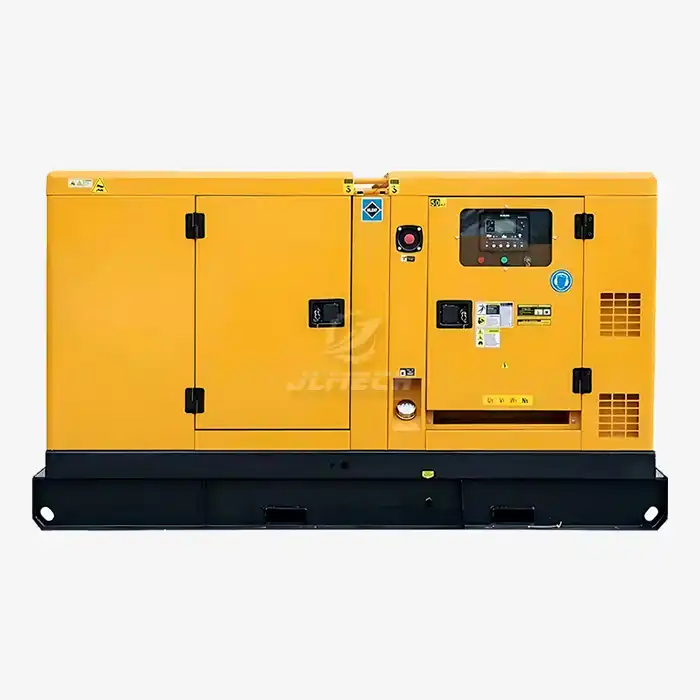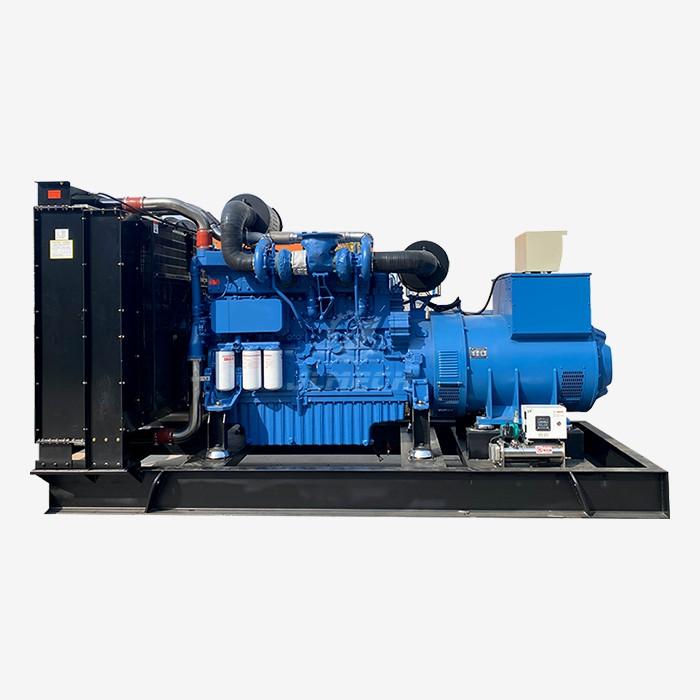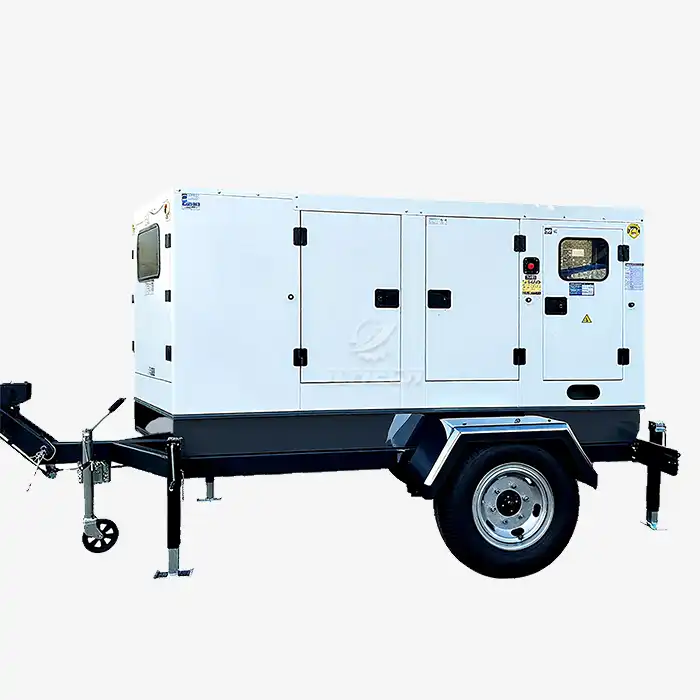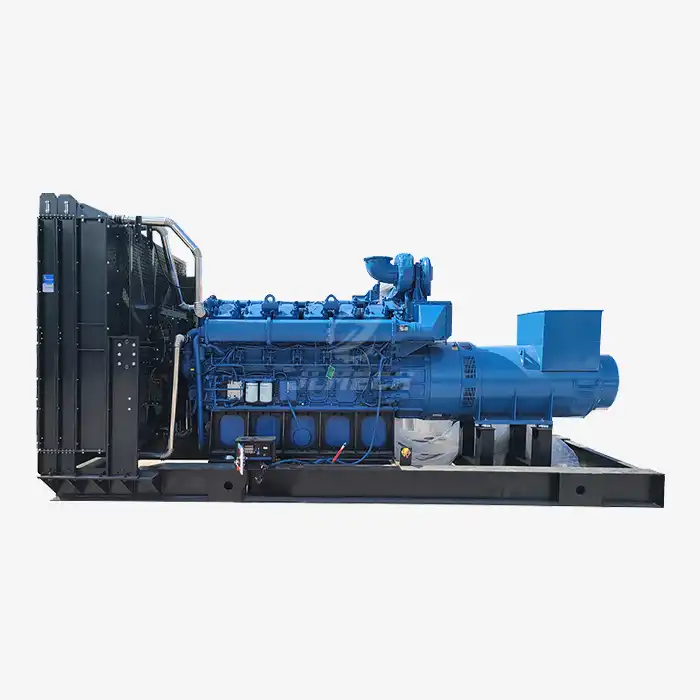Which batteries should be used for diesel engine starting?
Selecting the right starting battery is one of the most critical decisions in ensuring reliable diesel generator operation. Unlike standard automotive applications, diesel engines require substantial starting power to overcome high compression ratios, making proper Diesel starter battery choice essential for both performance and longevity. The correct Diesel starter battery delivers the high cranking amps needed for reliable cold starts while withstanding the rigorous demands of standby power applications. Understanding the specific battery technologies, specifications, and maintenance requirements for diesel starting applications can significantly impact your generator system's reliability and reduce long-term operating costs. This comprehensive guide examines the key factors in selecting and maintaining optimal starting batteries for diesel generators.

Battery Types and Technologies
Several battery technologies are available for diesel starting applications, each with distinct characteristics and advantages:
- Flooded Lead-Acid Batteries: Traditional technology with liquid electrolyte that provides reliable starting power at lower cost but requires regular maintenance including water addition and specific gravity checks .
- Valve-Regulated Lead-Acid (VRLA) Batteries: Including both AGM (Absorbed Glass Mat) and Gel types, these maintenance-free batteries prevent acid leakage and can be installed in multiple orientations, making them ideal for locations where regular maintenance is challenging .
- Enhanced Flooded Batteries (EFB): An improved version of traditional flooded batteries with better cycle life and charge acceptance, suitable for applications with frequent starting cycles .
- Nickel-Cadmium (Ni-Cd) Batteries: Particularly valuable for extreme temperature applications (-50°C to +70°C) and offering exceptional cycle life, though typically at higher initial cost .
Each technology offers different benefits in terms of maintenance requirements, temperature tolerance, lifecycle cost, and initial investment, allowing selection based on specific application needs.
Critical Technical Specifications
Understanding these key parameters ensures selection of a Diesel starter battery matched to your generator's requirements:
- Cold Cranking Amps (CCA): The most critical specification for diesel starting, representing the current a battery can deliver at -18°C (0°F) for 30 seconds while maintaining voltage above 7.2V for a 12V battery . Diesel generators typically require 200-600A depending on engine size .
- Voltage Requirements: Most multi-cylinder diesel engines utilize 24V systems achieved by connecting two 12V batteries in series, while smaller engines may operate on 12V systems .
- Reserve Capacity (RC): Indicates how long the battery can power essential systems if the charging system fails, particularly important for emergency backup generators .
- Battery Capacity (Ah): The total charge a battery can deliver at the 20-hour discharge rate, with higher capacity providing longer cranking ability and better performance in cold conditions .
These specifications must be matched to both the generator's starting requirements and the environmental conditions where it will operate.
Selection Criteria and Sizing
Proper Diesel starter battery selection involves multiple considerations to ensure reliable operation:
- Engine Starting Requirements: Consult generator manufacturer specifications for minimum CCA and capacity requirements based on engine displacement and compression ratio.
- Environmental Conditions: Temperature significantly impacts battery performance, with cold environments requiring higher CCA ratings or temperature compensation .
- Battery Technology Matching: Ensure all batteries in series or parallel configurations are identical in type, age, and specification to prevent imbalance and premature failure.
- Physical Constraints: Consider available space, terminal configuration, and weight limitations when selecting batteries for replacement or new installations.
- Duty Cycle: Applications with frequent starting cycles may benefit from dual-purpose or specific cycle-resistant batteries that tolerate repeated discharging .
A properly sized Diesel starter battery ensures reliable starting while maximizing battery service life and minimizing replacement frequency.
Installation Best Practices
Correct installation significantly impacts battery performance and longevity:
- Secure Mounting: Batteries must be firmly secured to prevent vibration damage, a leading cause of battery failure in industrial applications.
- Proper Connection: Use appropriate cable sizes and clean, tight connections to minimize voltage drop during starting. Connect positive terminals first, then negative .
- Ventilation: Ensure adequate ventilation for flooded lead-acid batteries to prevent accumulation of potentially explosive gases.
- Temperature Considerations: Avoid locations with extreme temperature variations, as high temperatures accelerate aging while low temperatures reduce available capacity.
- Accessibility: Position batteries for easy inspection, maintenance, and replacement while maintaining safety clearances.
Proper installation not only ensures reliable starting but also extends battery life and reduces maintenance requirements.
Maintenance and Monitoring
Regular maintenance is essential for ensuring starting reliability and maximizing battery life:
- Routine Inspection: Check for corrosion, leaks, case damage, and terminal integrity monthly or according to manufacturer recommendations.
- Electrolyte Levels: For flooded batteries, maintain proper electrolyte levels using only distilled water, never tap water .
- Cleaning: Keep batteries clean and dry; remove corrosion from terminals using a baking soda and water solution, then apply protective coating .
- State of Charge Monitoring: Regularly check battery voltage and specific gravity (for flooded types) to ensure batteries remain properly charged.
- Equalization Charging: Periodically apply controlled overcharge to flooded batteries to mix electrolyte and remove sulfate buildup.
Consistent maintenance prevents unexpected failures and can extend battery life by up to 30% compared to neglected batteries.
Troubleshooting Common Issues
Recognizing early warning signs of battery problems prevents unexpected starting failures:
- Slow Cranking: Most often indicates insufficient CCA due to aging battery, poor connections, or undercharged condition.
- Corrosion Buildup: Typically caused by electrolyte leakage or outgassing, leading to high resistance connections and voltage drop.
- Swollen Battery Case: Usually indicates overcharging or excessive temperature, often requiring battery replacement.
- Frequent Need for Recharging: Suggests possible battery nearing end of life, charging system issues, or parasitic loads.
- Low Electrolyte Levels: In flooded batteries, this indicates overcharging or excessive heat, requiring investigation of charging system.
Prompt attention to these issues prevents minor problems from developing into complete starting system failures.
Comparative Analysis of Battery Technologies
Understanding the trade-offs between different battery types informs optimal selection for specific applications:
- Cost Considerations: While traditional flooded batteries offer the lowest initial cost, VRLA batteries may provide lower lifetime cost in applications where maintenance access is difficult .
- Temperature Performance: Nickel-cadmium batteries maintain performance across extreme temperature ranges where lead-acid batteries would fail .
- Cycle Life: Deep cycle batteries tolerate more discharge cycles but typically provide lower CCA for equivalent size compared to dedicated starting batteries .
- Maintenance Requirements: VRLA batteries eliminate need for water addition but provide less visibility into battery health compared to flooded types .
There is no universally superior technology—the optimal choice depends on specific operational requirements, environmental conditions, and maintenance capabilities.
Conclusion
Selecting the proper Diesel starter battery requires careful consideration of multiple factors including battery technology, technical specifications, application requirements, and operating environment. The ideal Diesel starter battery delivers sufficient cold cranking amps for reliable starting while withstanding the specific challenges of your operating conditions. By understanding the different battery technologies available, their respective advantages and limitations, and implementing proper maintenance practices, you can ensure reliable generator starting while optimizing total cost of ownership. Remember that the most expensive battery is not necessarily the best for your application, nor is the cheapest necessarily the most economical over its service life.
Our technical team specializes in helping customers select the optimal starting batteries for their specific generator models and operational requirements. For personalized assistance with your Diesel starter battery needs, contact our power systems specialists at skala@whjlmech.com.
References
- Johnson, M. (2022). Emergency Power Systems: A Comprehensive Guide to High-Speed Diesel Generators. Power Engineering Quarterly, 45(3), 78-92.
- International Electrotechnical Commission. (2021). IEC 60095-4: Lead-acid starter batteries - Part 4: Dimensions of batteries for heavy vehicles.
- Midtronics. (2025). Deep Cycle vs. Starting vs. Dual-Purpose Batteries: What's the Difference?











